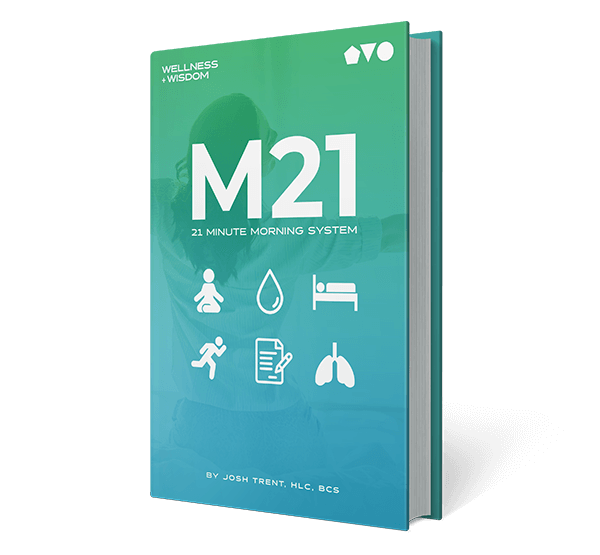US emergency rooms (ER) aren't having a good time. It's a similar situation in the UK and Europe – there are too many people in the ER. Overcrowding is reaching/has reached crisis levels. It has risen to the point where patients commonly wait in hallways for hours or even days before getting the required treatment. According to statistics, the average wait time before initial triage is 2 hours and 44 minutes – but that's average and only for the initial triage. The next steps are where the real trouble comes in.
Read on to find out more.
The Current State of ER Overcrowding
ER overcrowding is a major national emergency, with emergency departments across the country struggling to cope with a steady stream of patients. Many of these patients require hospitalization but remain in ERs due to a lack of available inpatient beds.
According to a survey carried out by the American College of Emergency Physicians in 2022, 97% of ER doctors reported that their patient boarding times were more than 24 hours, and there were cases mentioned by about 28% where patients waited over two weeks for a bed at the hospital.
And to make matters worse, there simply isn't enough staff to see the patients. The US is attempting to use agencies and companies like a physician recruiter to fill the gap, but there is an endless and ever-growing list of patients.
Factors Contributing to Overcrowding
Several factors lead to recurrent ED overcrowding. A major challenge is the overall scarcity of healthcare facilities and personnel who are unable to meet rising requirements among people. The US healthcare system lacks enough nursing home beds, rehabilitation centers, and mental hospitals. That hinders quick admissions, making them spend more time within the department as they await placement in appropriate wards. And sometimes, they don't even make it onto the correct ward.
The length of stay for admitted patients has also increased, leading to more patients boarded in EDs.
Another cause is an increase in the number of people suffering from long-term conditions like chronic diseases and psychiatric illnesses. All the statistics show that these numbers are rising.
Potential Solutions and Future Outlook
Dealing with ER overcrowding involves addressing various issues. One solution is the Hospital at Home program, launched by the Centers for Medicare and Medicaid Services (CMS) during the pandemic. This program allows patients stable enough to receive care at home with round-the-clock remote monitoring and twice-daily visits from medical personnel. The UK runs a similar program.
The Hospital at Home program holds great promise for relieving pressure on EDs. It doesn't only free up beds in hospitals; it provides an enabling environment for healing at home.
The future of this program is uncertain, as CMS funds should expire at the end of the year. Congress needs to extend funding for two more years to sustain the program.
America's healthcare system is grappling with a major challenge. The system's resources have been stretched thin by an aging population, rising chronic illnesses, and insufficient healthcare facilities. It'll be interesting to see how ERs cope for the rest of 2024.









